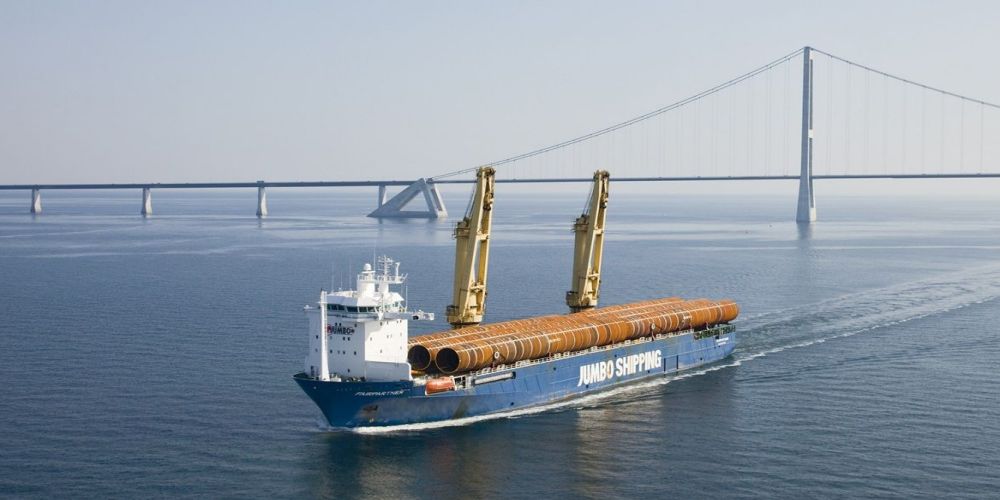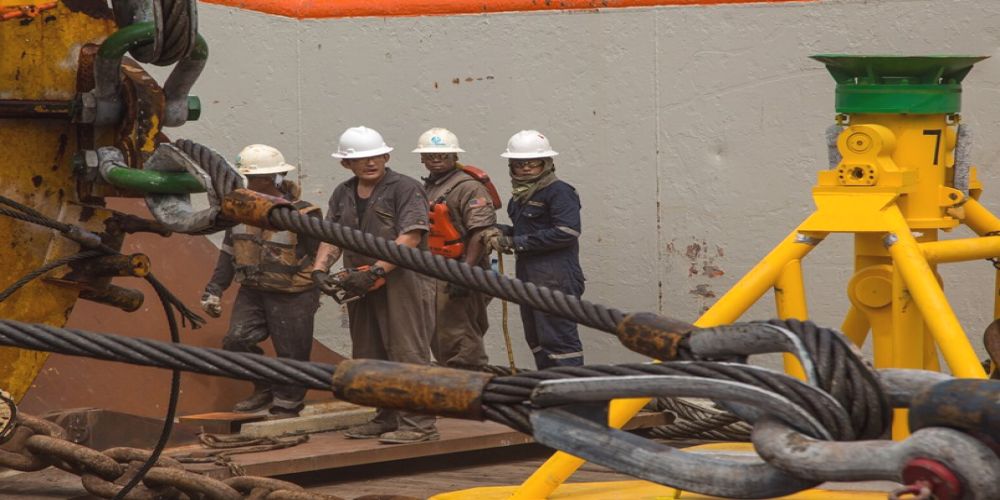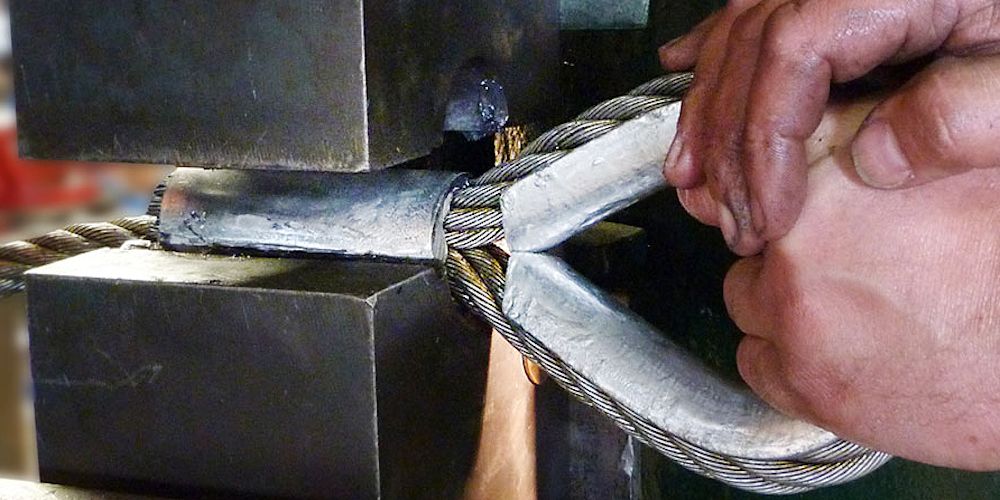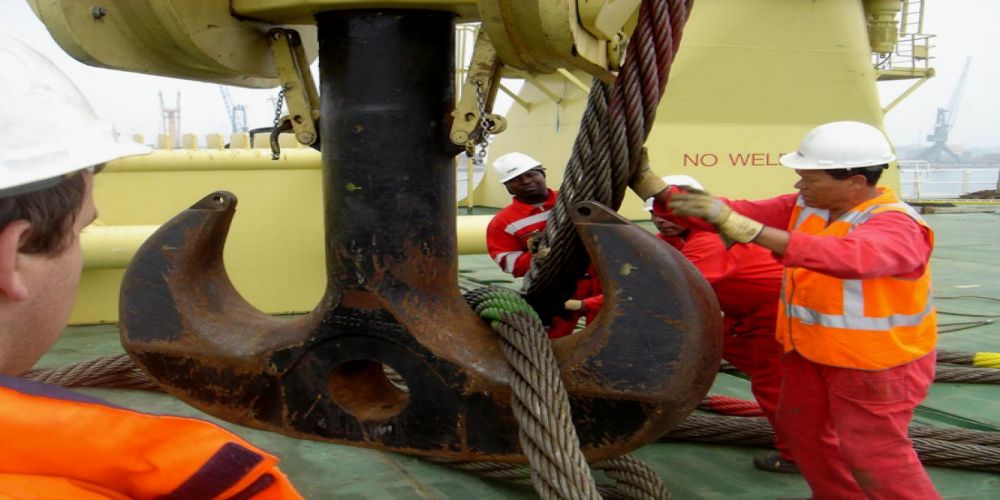ABOUT STEEL WIRE ROPE (SWR)
Veltkamp delivers in particular steel cables for:
|
|
For lifting equipment from steel cable the following European are applied:
|
|
|
|
|
|
|
|
|
|
|
In addition, for the offshore are applicable:
|
|
|
|
In the offshore also apply to chains and steel cables the IMO year colors:
| Brown |
|
2010 | 2016 | 2022 | |
| Blue |
|
2011 | 2017 | 2023 | |
| Yellow |
|
2012 | 2018 | 2024 | |
| Orange |
|
2013 | 2019 | 2025 | |
| Black |
|
2014 | 2020 | 2026 | |
| Green |
|
2015 | 2021 | etc. | |
IMO-year color are applicable to hoisting ropes and chains for the offshore, to see quickly see in what year a hoisting device is inspected.
At an inspection the chains or the identification tag or the master link will be painted in the rigth IMO-year colour.

Types of Steel Cable
Bright steel cable
For steel cables whose life is strongly influenced by wear and destruction than by corrosion. However, also the bare steel cable should be protected against corrosion, by feasing the cable on the right way.
Galvanized steel cable
For steel cables that must be corrosion resistant.
Stainless steel cable
For steel wire ropes that have to be highly resistant to corrosion and, moreover, must be heat resistant up to a temperature of 250 °C.

Cores
Rope Core (polypropylene):
On the other hand:
Steel Core:
Elongation
Constructive Elongation:
This occurs when the cable is being used for the first time. The stretching is permanent and the value depends on the cable construction, but is standard approximately 0.25 to 0,50%.
Elastic Elongation:
This is the elongation at load, which disappears when the load is removed.
The value of the elastic elongation depends on the cable construction and the percentage of loading, but is about 0.20 to 0.60% in normal conditions.
Plastic Elongation:
This occurs when the load exceeds the elastic limit and is permanent.
The elastic limit for bare steel cable is 55 to 60% of the breaking strength.

Required Order Information
At redelivery is the certificate number on the tag is sufficient.
For the supply of new cables is the following information is necessary:
